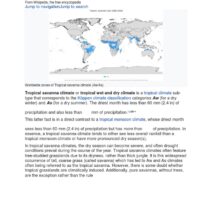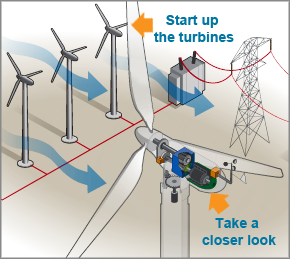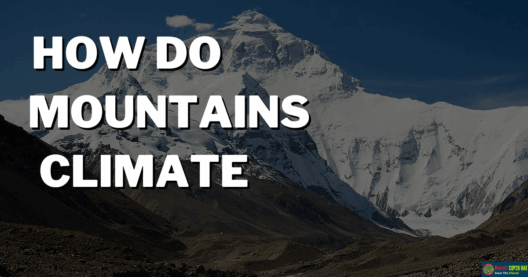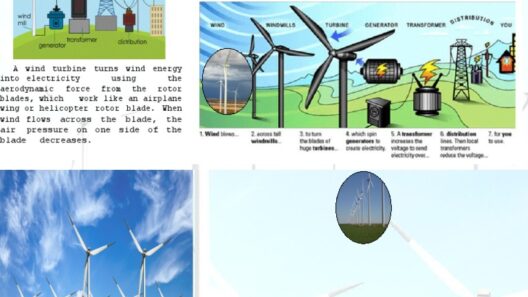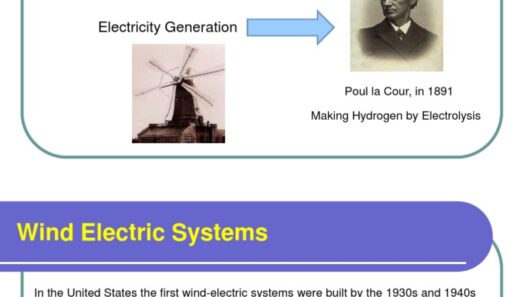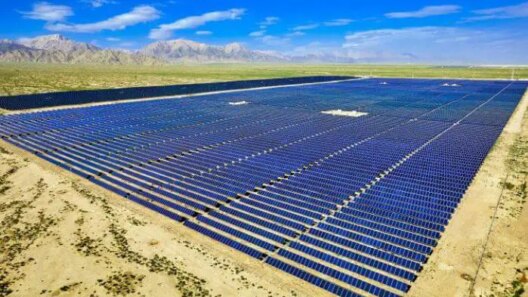Wind energy has surged in popularity over the last couple of decades, hailed as a cornerstone of sustainable development. But how much does it truly cost to harness the power of the wind? As we delve into the multifaceted expenses associated with generating power from wind, we may just find ourselves pondering: is the sky the limit, or do we face a gale of hidden costs? Let’s unfurl the sails and investigate!
The modern landscape of wind energy is woven together with diverse components, each contributing to the financial tapestry of wind power generation. Understanding these elements can empower communities, governments, and investors alike to make informed decisions about diversifying their energy portfolios.
One cannot dismiss the initial outlay required for setting up wind power infrastructure, which encompasses a plethora of expenses. From site assessments to construction, the cost prevails as a fundamental consideration.
The Initial Investment: Setting the Stage for Wind Power
At the heart of any wind energy project lies the initial capital investment. This stage encompasses several elements, including land acquisition, turbine procurement, and the establishment of infrastructure required to support power generation. Land costs vary significantly based on location; coastal areas and regions with high wind potential often come at a premium. However, are these locations genuinely the best choices for installation?
Next, the price of wind turbines, which constitute the most substantial part of the expenditure, merits close examination. Turbines can range from small residential units to large commercial-grade installations. The cost is influenced by size, capacity, and technology; advanced blades designed to optimize efficiency may carry a heftier price tag but can yield greater returns over time.
Lastly, the installation costs are not to be overlooked. Equipment transportation, crane rentals, and labor must all be factored into the equation. Consequently, prospective developers can find themselves grappling with a delicate balance between initial expenditure and long-term viability.
A playful challenge arises: can developers effectively predict the return on this significant investment, or will hidden costs abound?
Operating Costs: Sailing Through Maintenance and Operation
Once the turbines begin to spin, a new suite of expenses appears on the horizon: operating and maintenance costs. These recurring expenses are pivotal for sustaining efficient power generation and ensuring that turbines remain in peak condition.
Maintenance, while essential, can often become a financial burden. Routine inspections, repairs, and the occasional replacement of parts must be anticipated. On average, annual maintenance costs account for a percentage of the total investment. This amount can spike with unanticipated breakdowns, demanding a keen eye for operational excellence to mitigate unforeseen financial strain.
In harmony with maintenance, labor costs for skilled technicians are rising. As the industry expands, so does the need for qualified personnel to oversee the intricacies of wind turbine operations. How can companies attract and retain talent in such a competitive landscape? Investing in training and creating an enticing work environment emerges as a solution to maintaining operational integrity.
Grid Connection: The Invisible Costs of Integration
Connecting wind energy projects to the electrical grid introduces a complex layer of financial obligations. The transmission infrastructure required to transport wind-generated electricity from remote sites to consumption hubs can be substantial. As regions transition towards renewable energy sources, grid modernization becomes imperative. Yet, who bears the responsibility for these integration costs?
Grid connection often requires significant upgrades, which can incur additional expenses. Utilities may pass these costs onto developers, complicating the financial arithmetic surrounding wind energy projects. Moreover, the intermittent nature of wind power calls for advanced grid management techniques, inviting yet more challenges to overcome.
In some instances, regional regulations may provide support or subsidies to ease the burden of these integration costs, creating incentives for sustainable energy projects. However, the potential for regulatory shifts or unanticipated expenses can elicit trepidation among investors. Are they truly prepared to weather any tensions that may arise in the complex interplay of legislators and energy stakeholders?
Comparative Analysis: Wind versus Traditional Energy Sources
The examination of wind energy expenses is incomplete without juxtaposing these figures with traditional energy sources. A comparative analysis reveals revealing insights into the economic viability of renewables against fossil fuels. In recent years, falling costs of wind energy generation have sparked intrigue across the globe.
In many regions, the levelized cost of electricity (LCOE) associated with wind energy now rivals or even surpasses that of coal or natural gas. This meteoric shift hints at a potential windfall for communities aiming to transition away from fossil fuel dependency. Who wouldn’t want to embrace a cleaner, more sustainable energy future?
However, it is crucial to recognize that while wind energy costs have steadily decreased, this may not always apply universally. Geographic disparities, local policies, and resource availability can create a patchwork of financial landscapes, further complicating the broader conversation around wind energy’s feasibility.
Ultimately, understanding the full spectrum of costs associated with wind energy production—be it initial investment, operating expenses, or grid connection—is indispensable. With these insights, stakeholders can pulsate the rhythm of wind energy, propelling communities toward a cleaner tomorrow while evaluating potential pitfalls along the way.
In essence, while wind energy may seem like the panacea of environmental challenges, one must remain vigilant. In the quest for sustainable power, will we recognize the associated costs and innovate solutions to navigate this breezy path? The future of energy awaits with opportunities and challenges intertwined.

